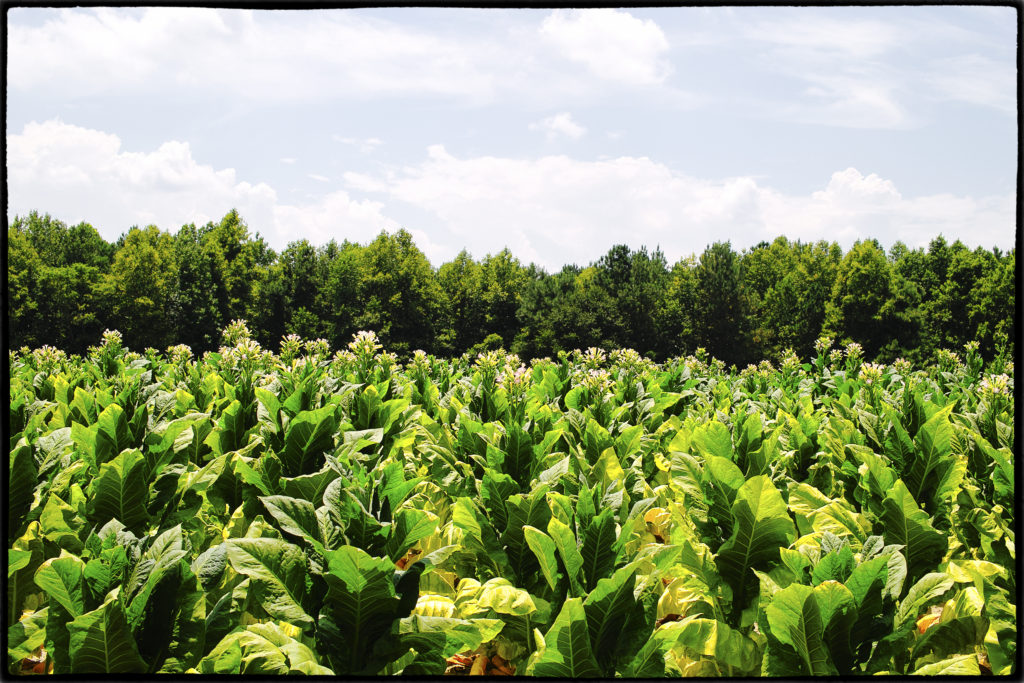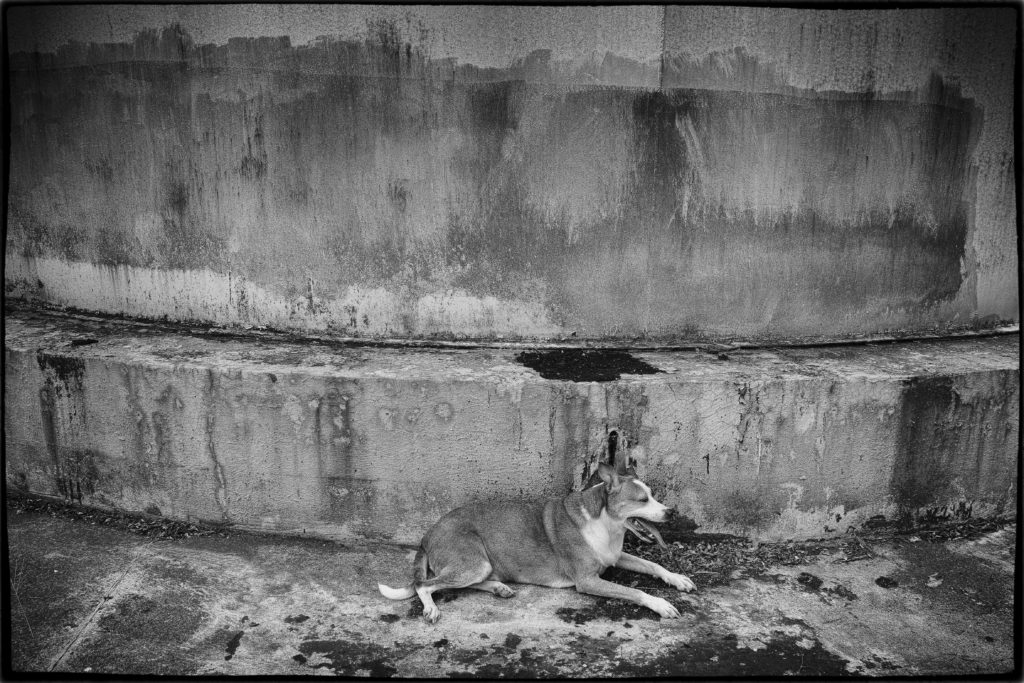
The Utterly Weird, but Compellingly Fascinating Sigma SD Quattro
I’ve always been a lover of quirky, neglected and/or unfairly maligned cameras. Hence, my allegiance to the Leica M5 and the Ricoh GXR, two of my favorite cameras, both of which were critical and popular disappointments. I also own, and love, the Sigma SD Quattro. Sigma says its 20MP APS-C sensor produces a resolution “equivalent” to 39MP. In reality, it’s way better than that. My experience is, when shot at ISO100, it easily resolves fine details much better than the 36MP D800E, which was, at the time of the Quattro’s introduction, the Mack Daddy of high resolution full-frame DSLRs, and I suspect it can hold its own against the current crop of 60MP mirrorless. All of this out of a 20MP APS-C sensor.
The SD Quattro’s Foveon* sensor is what makes the SD Quattro unique and allows it to punch so high above its weight. Traditional high resolution digital sensors employ a Bayer filter sensor where red, green and blue photosensors are positioned at discrete locations. The Bayer filter then ‘interpolates’ them (i.e. makes an educated guess about what, for example, red would look like in a position where there is no red photosensor) to produce a full color image. The Foveon sensor ‘stacks’ the red, green and blue photosensors on top of each other at the same location ( in other words, there’s a red, green and blue pixel at every position) producing significantly sharper files than a Bayer filter sensor at same resolution. Frankly, it’s not even close. ‘Why’ it would do so, from a technical standpoint, is beyond my expertise. Just know that it does. If sharp resolution files are your thing, a Foveon sensor is what you want.
It also produces really nice, tonally rich B&W files that remind me of the look of Panatomic-X, and does so right out of the camera with exceptional jpeg files. While I’m hesitant to admit it, given my love of the M9 CCD Monchrom’s output, I think the Quattro is the better B&W camera. It’s that good.
*************
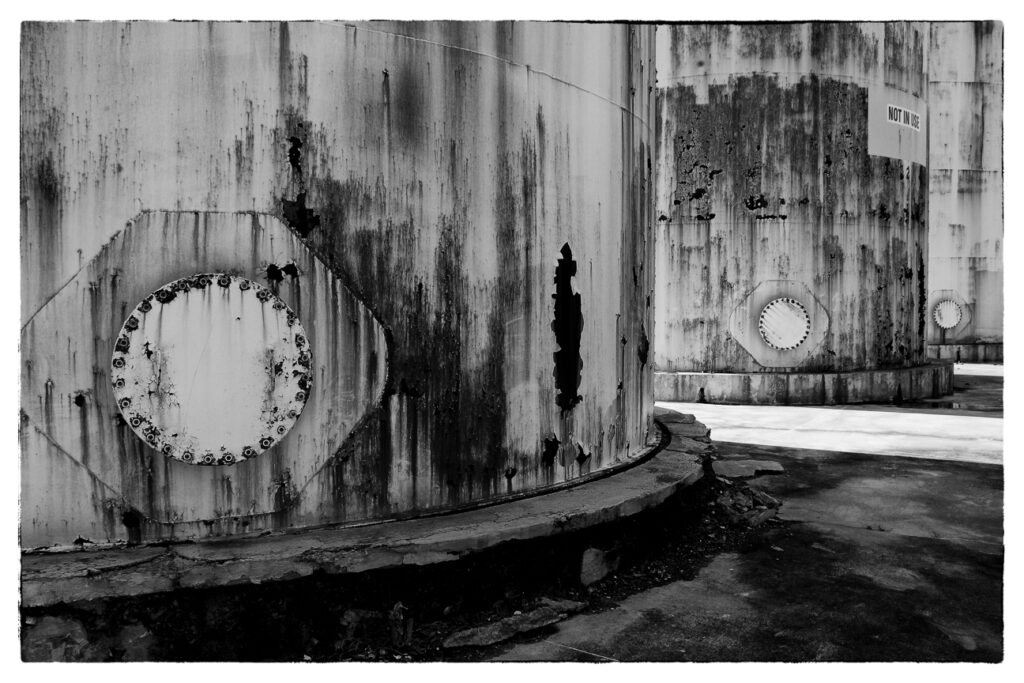
ISO 200 B&W Conversion in Silver Efex
Build quality is excellent. This is no cheap, plastic-y camera. Made from a magnesium alloy, fit and finish is really nice. Buttons and dials feel robust. Ergonomics are surprisingly intuitive, much more so than digital Leica’s and contemporary DSLR’s and mirrorless offered by Canon/Nikon et al.
In spite of all the above, the Sigma SD Quattro (and the Quattro H) are most decidedly not for everyone. They aren’t a camera you’re going to grab going out the door if you’ve got other less complicated options. They’re cumbersome in any situation in involving live action – people photography, ‘street photography’ , sports. They’re bulky and super slow in operation. If you’re shooting RAW, don’t even think about shooting them at any ISO above 400; in fact, it’s advisable to not shoot at anything other than its native sensor sensitivity of 100 ISO… or 200 ISO in a pinch. (Shooting jpegs is another story, which I’ll address shortly).
But man, when you use it as it was meant to be used – 100 ISO steadily handheld in sunlight, or on a tripod – the results are remarkable. It gives you DNG files that allow almost endless manipulation to get whatever look you’re after. They are particularly good for B&W conversions. They are incredibly sharp even at large magnifications, and their Foveon-ish* sensor produces a noticeable something that even current 60MP sensors don’t. Viewing the output of my M9 Monochrom (itself capable of really sharp, clean fines at lower ISO way better than you’d expect from an 18MP sensor) with an out-of-camera JPEG from the Quattro makes it clear just how good 1) Quattro jpegs are and 2) the Foveon sensor is in B&W.
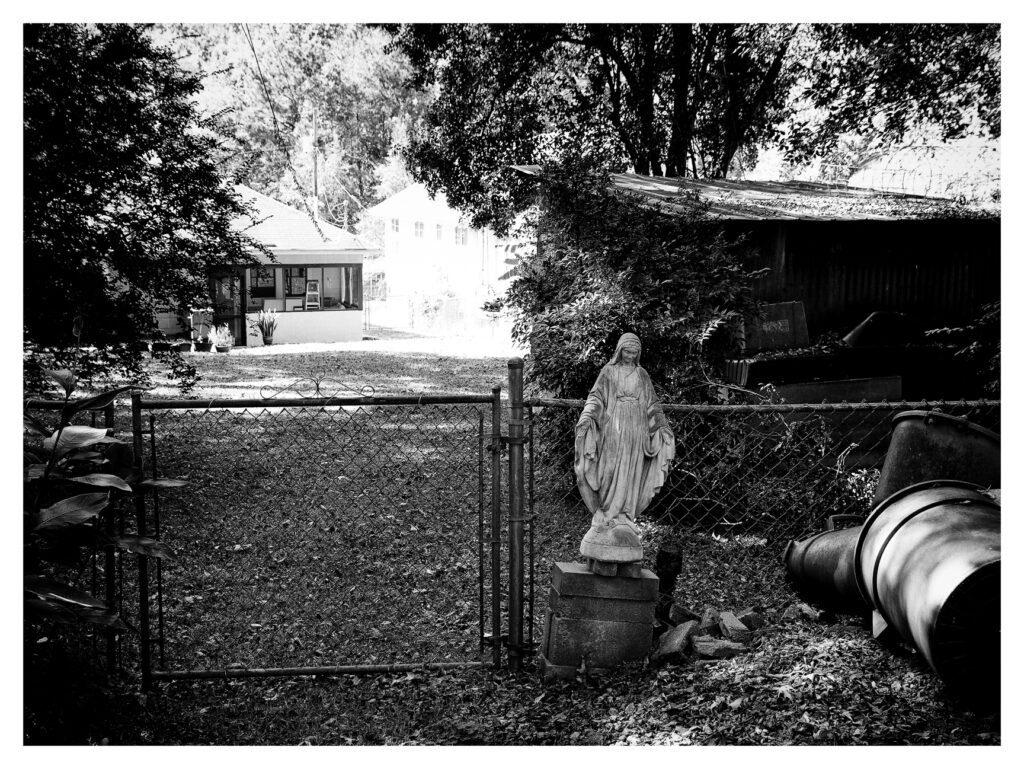
Out of Camera jpeg from the Quattro using the 4:5 Aspect Ratio In Camera Crop

A DNG RAW file from the M9 Monochrom – Processed in Lightroom
The ability to shoot DNG RAW files is a major upgrade from Sigma’s previous Foveon cameras, which shot a proprietary RAW version that required conversion in clunky, bug-ridden Sigma software (although the latest version Sigma Photo 6.8 is pretty good). In 2004 Adobe created the DNG file format to replace the various proprietary Raw (.RAW) formats of differing digital cameras. The goal was to provide a standardized file format that could be processed on any computer system or viewer without special proprietary software. DNG files are supported in software such as Adobe Lightroom, Photoshop, Camera Raw.
With the Quattro, you also have the ability to avoid shooting RAW format entirely: the jpeg processing engine is really good, which allows you some ability to shoot at higher ISO’s – expose properly and you can shoot jpegs in color up to ISO 400, and black and white to ISO 800. Yes there is some degradation as you increase ISO, but because of the clarity of the Foveon pixels you can still print and display at very large sizes. One upside of shooting jpeg is the reduced file size; the DNG files out of the Quattro are enormous and take a lot of processing power to work with. Of course, the downside is you’re stuck with the rendering the jpeg engine gives you. Suffice it to say that the Quattro is the only camera I feel comfortable shooting in jpeg mode.
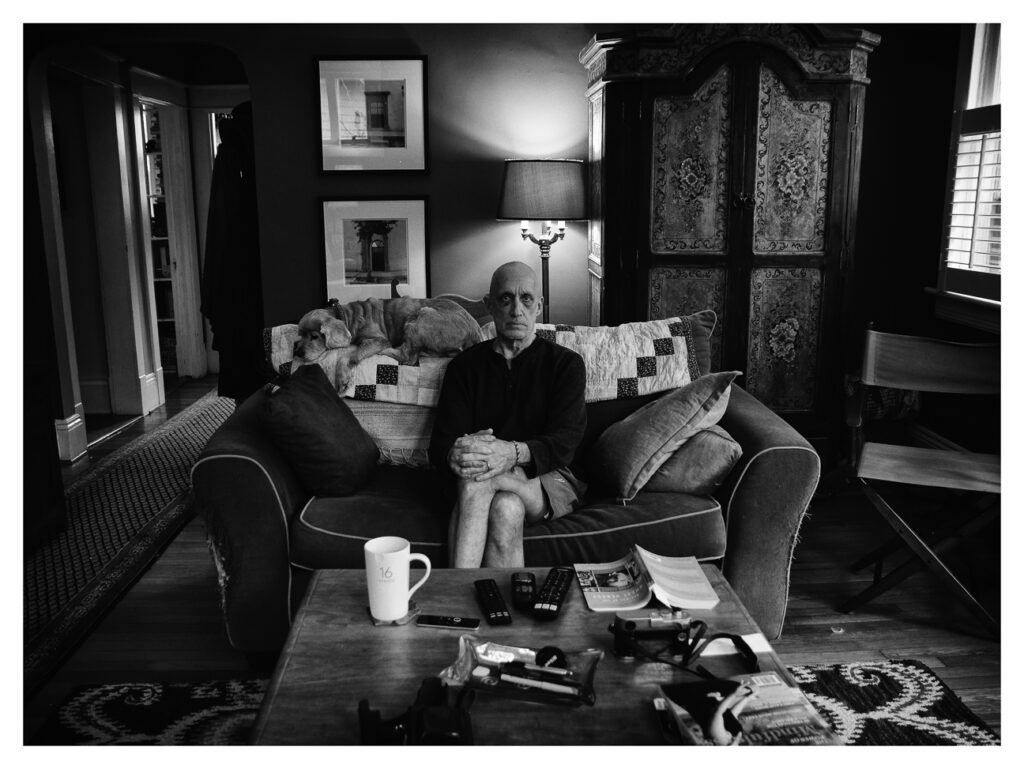
Out of Camera jpeg From the SD Quattro – Me Looking Like Uncle Festor
*************
And then there’s the issue of lens choice. The Quattro employs the Sigma SA mount, a mount Sigma used for all its SLR and mirrorless cameras until they discontinued it in 2018. As such, you’re limited to pre-2018 Sigma optics (of which there are plenty and most of which are really good, the trade off being most are also quite large). I’m currently using the Sigma DC 17-50 2.8 EX HSM which is solidly built and sharp at all apertures. If you need a ‘standard’ prime, the excellent Sigma 30mm 1.4 ART lens fits the bill nicely (that’s it on the photo that leads off the piece). Just realize that you’re going to be limited to already existing Sigma optics.
Sigma discontinued the camera in 2018. They’ve replaced it with the fp, which uses a full-frame Bayer sensor. This means that the Quattro is probably going to be the last in the line of commercially produced Foveon-sensored cameras, as Sigma wholly owns the Foveon patent. I applaud Sigma for doing something different; their Foveon cameras, from the original 4MP DP series through the Merrills and ending with the Quattro are all fascinating departures from the norm. IMO, their strengths – super sharp, super detailed RAW files – transcend their obvious limitations. It’s a shame the marketplace killed it. I suspect Foveons, and the Quattro in particular, are eventually going to achieve cult status, with in-the-box examples bringing exorbitant prices. Ten years maybe?
UPDATE: Maybe not…..
July 2022: Sigma CEO Says More Foveons Coming. Yay!
Should you buy one? Yes. Full Stop. These things are currently bargains used. Buy one – or an equally weird Merrill or DP Quattro – and use it. The question is which one. I’ve owned most iterations – the 4MP DP2x, the DP2 Merrill and the Quattro. I loved the pocket-sized ‘4MP’ DP2x with its fixed 24mm 2.8 that produced beautiful color files looking like those from a camera with 5 times its resolution but, alas, the lower pixel count precluded you from printing big. The Merrill’s produce stunning output, but unfortunately tether you to Sigma’s RAW processor, which is a nightmare to work with. Were I to choose one my preference would be the Quattro, as it offers the ability to shoot DNG files you can post-process in Photoshop or Lightroom without recourse to the dedicated Sigma software and it allows use of the entire range of Sigma SA optics. It also shoots really good jpegs, which the Merrill did not. I haven’t used the DP Quattro series, which Sigma offered after the Merrill and before the SD, but I assume the image quality is on par with the SD. As I understand it, the DP series is the SD with fixed lenses (and a very weird design).
The Quattro H, a slightly larger sensor than the Quattro (1.3 crop as opposed to the 1.5 crop of the base Quattro) commands a premium over the APS-C base Quattro, but I don’t see much functional distinction between the two. Given the price difference, I’d stick with the base APS-C model. Current prices are all over the map, as you can see from the Ebay offerings below. Having watched past auctions, $800 should get you a lightly used Quattro body and either the 30mm 1.4 Art lens, or my choice, the 17-50DC EX with IS. What you’ll get is an APS-C camera that easily out-resolves the latest Leica M, isn’t going to ever become “obsolete,” and will keep your interest permanently. Certainly, if you aspire to landscape photography, take things slow and use a tripod, this is the camera for you. Plus, this thing just oozes cache; pull it out and start pointing it around and every DSLR toting Ansel Adams and Leica M HCB wannabe is going to be secretly envious. Thorsten [von] Overgaard will be completely flummoxed. Try doing that for $800 in Leica land.

*************
Get the PG-41 Power Grip and Extra Batteries. You’re Going to Need Them.
We talk of Leica being the one camera company offering digital cameras that hearken back to – and retain vestigial features of – film era cameras and their operation. I’d suggest that the Sigma SD Quattro does the same. Operation is reminiscent of a MF film camera loaded with a high resolution low ISO film. Think of a Hasselblad loaded with Panatomic-X.
The Quattro requires you to slow down and think about what you’re doing. Its slow start up and interminable write times give you no choice. Its energy hungry sensor eats batteries, so, much like film, you’re best to make every shot count. There’s no doing it wrong and having the camera’s automation correct you. But do it right and work around the camera’s inherent limitations and the results can be stunning. It rewards pre-visualization and proper technique with subtle color detail or wonderfully detailed, tonally rich B&W files. Those who’ve worked with MF film cameras will feel right at home.

Mine. Yes it’s Big. So is a Hasselblad 501CM with 80mm Planar.
*The X3 Quattro sensor used in the SQ Quattro is slightly different than the original Foveon sensor. The blue photosensor layer at top has 4 times the high resolution of the red and green photosensor layers underneath it are of lower (1/4th) resolution.


